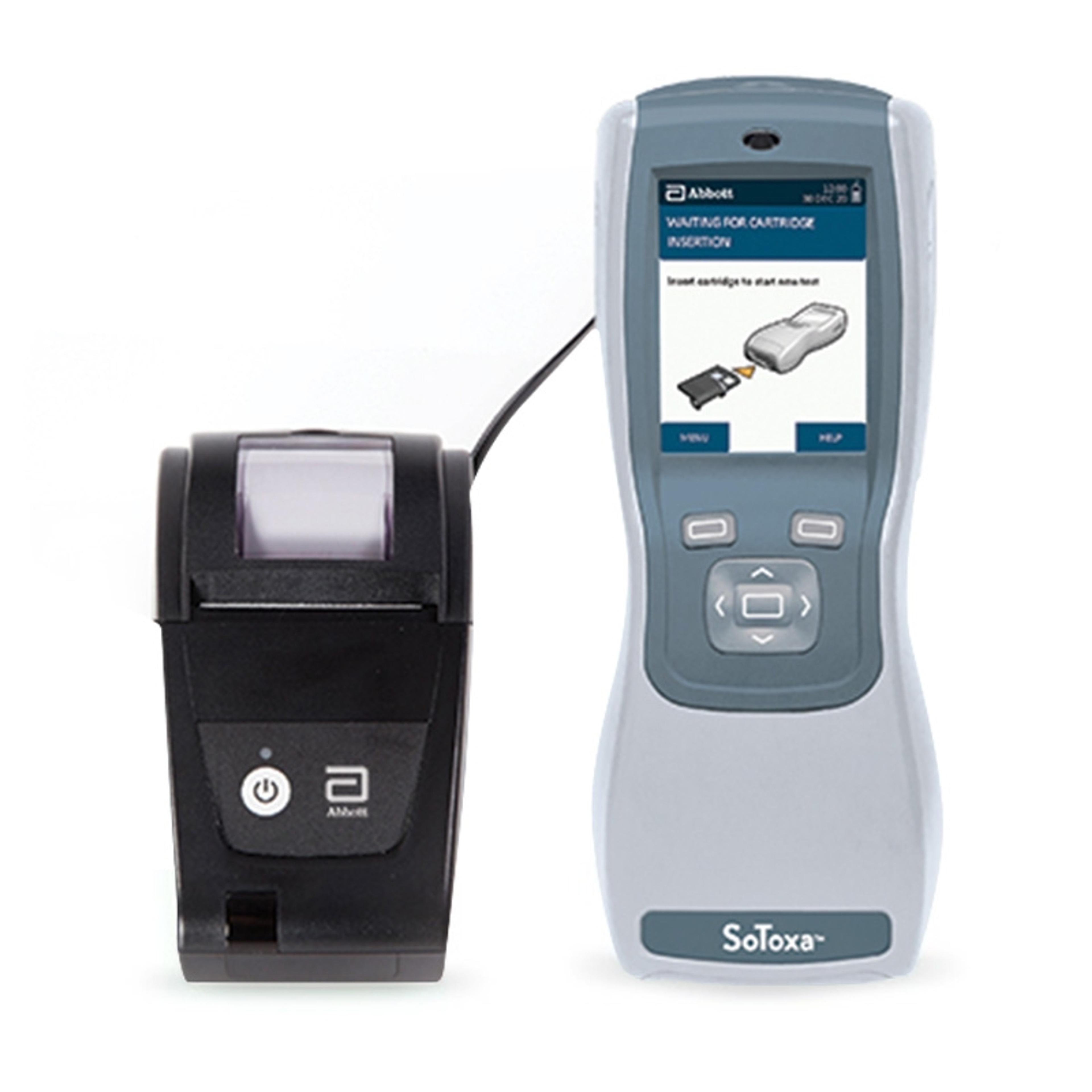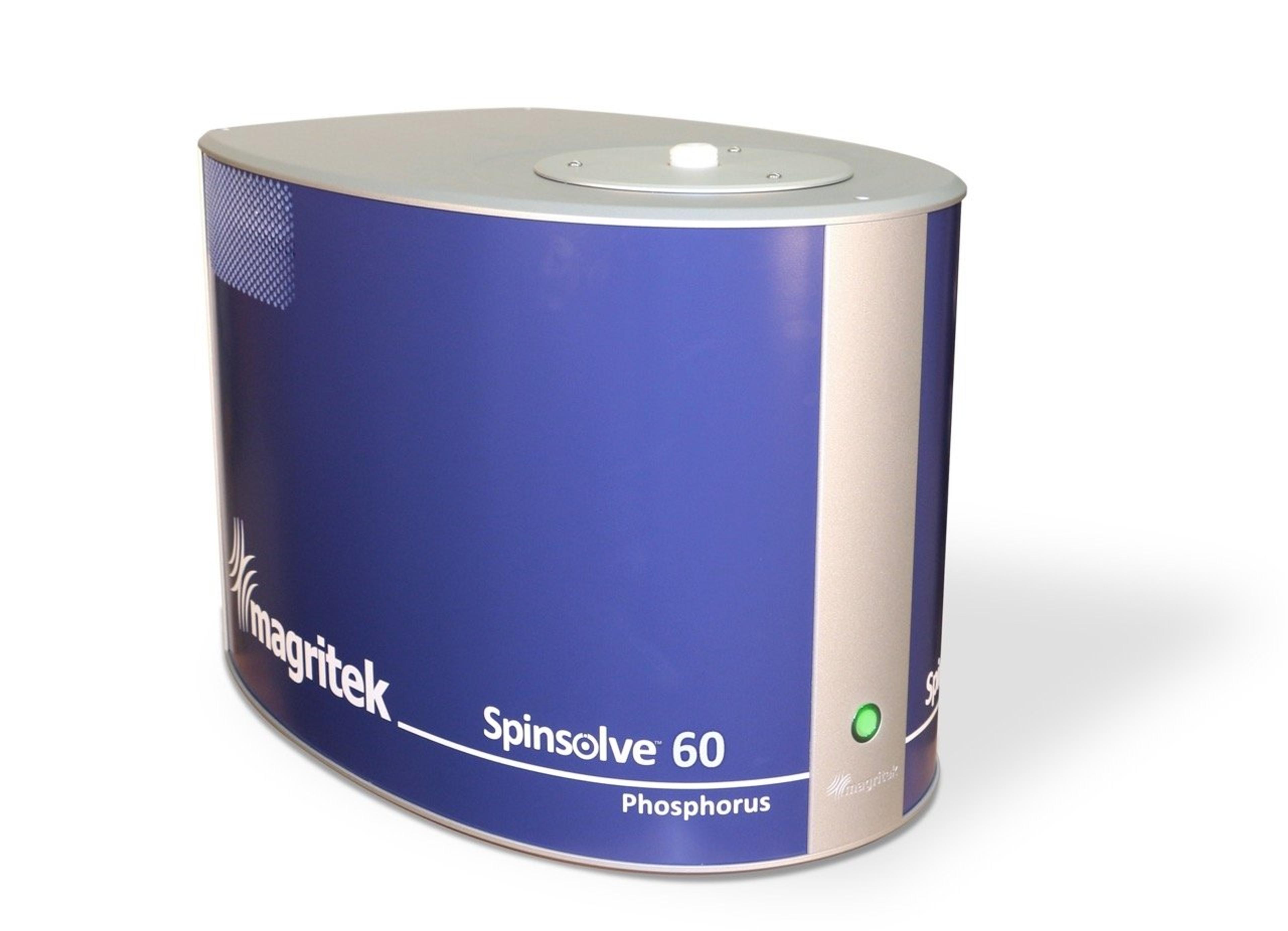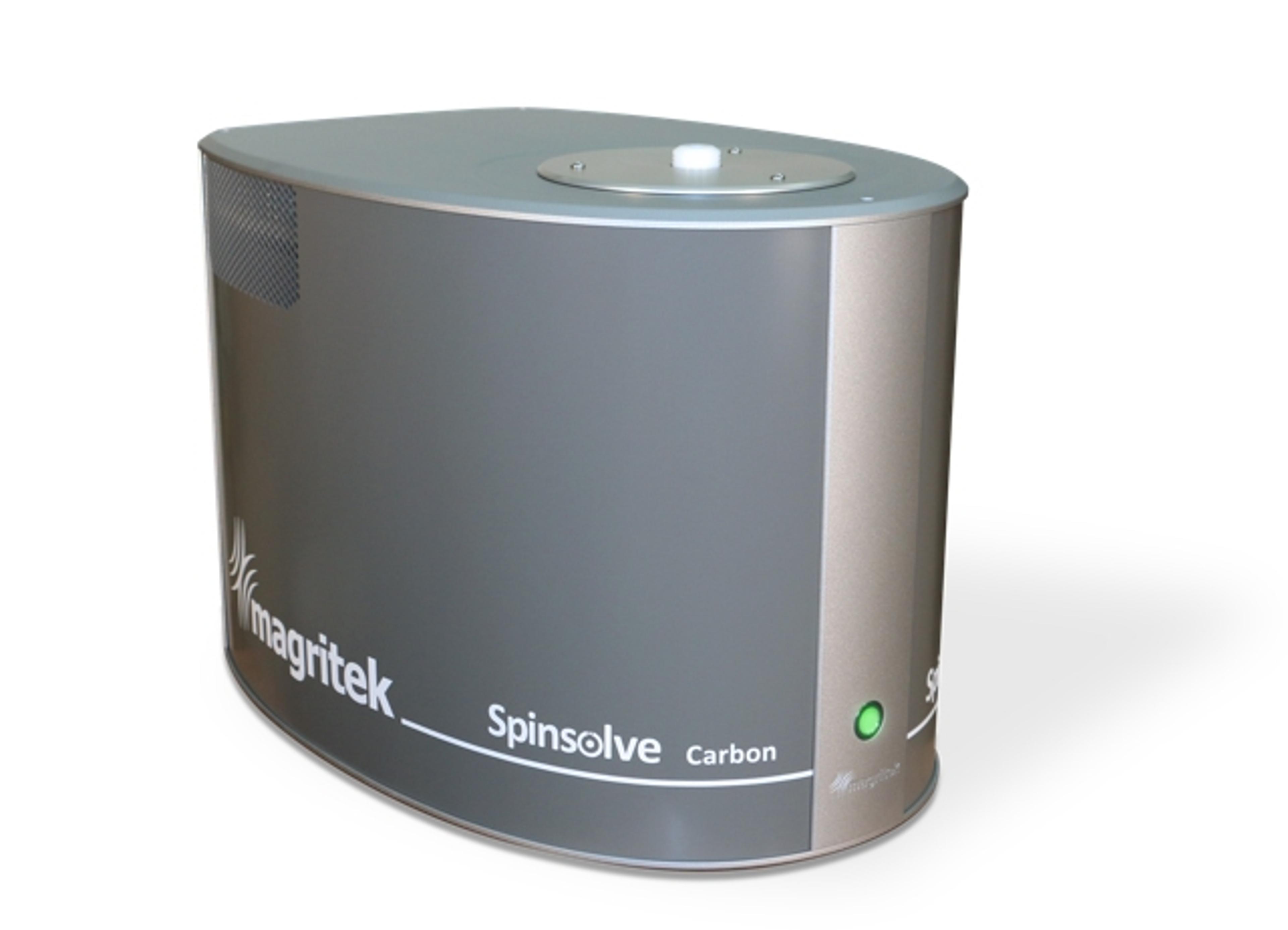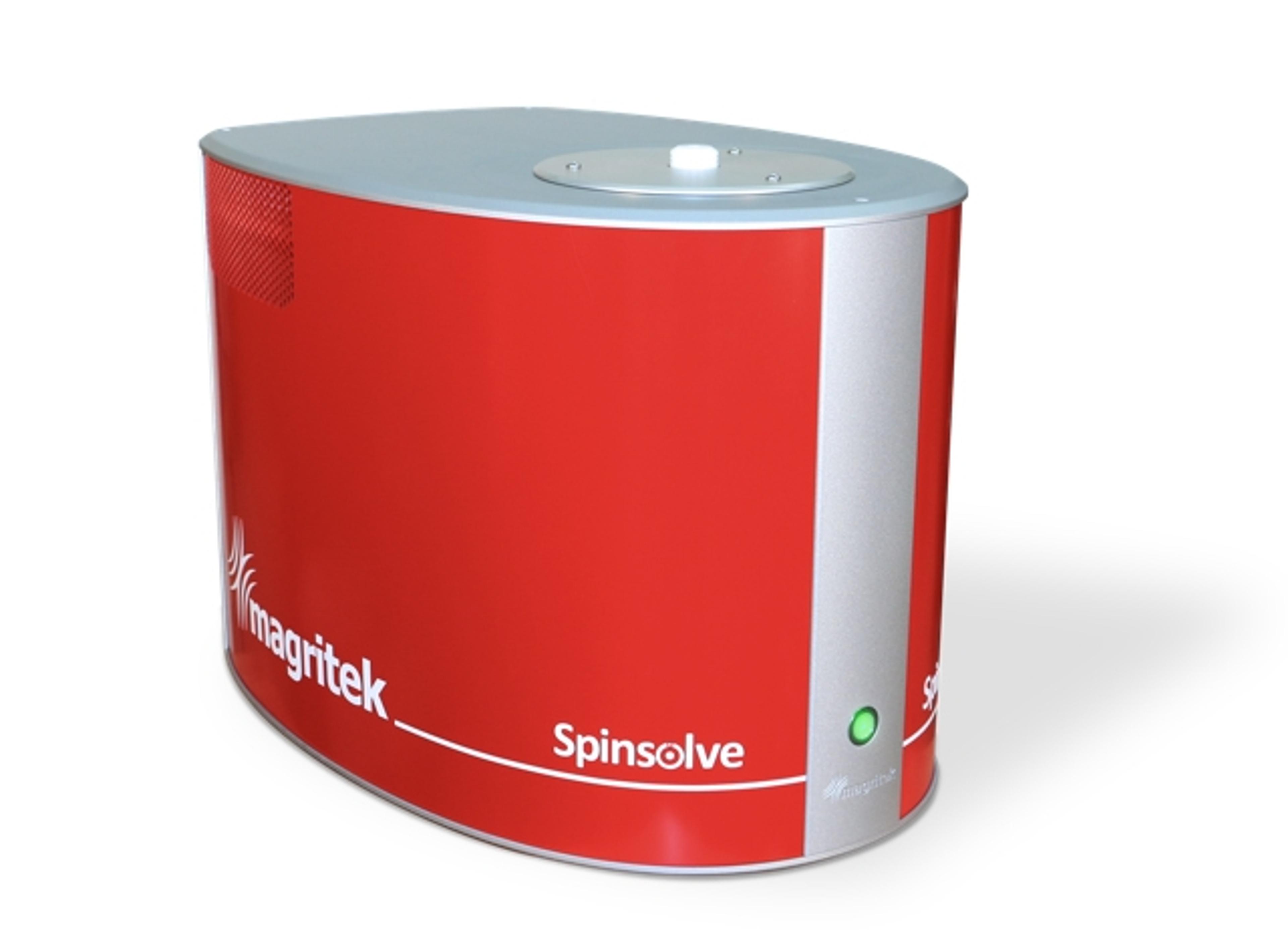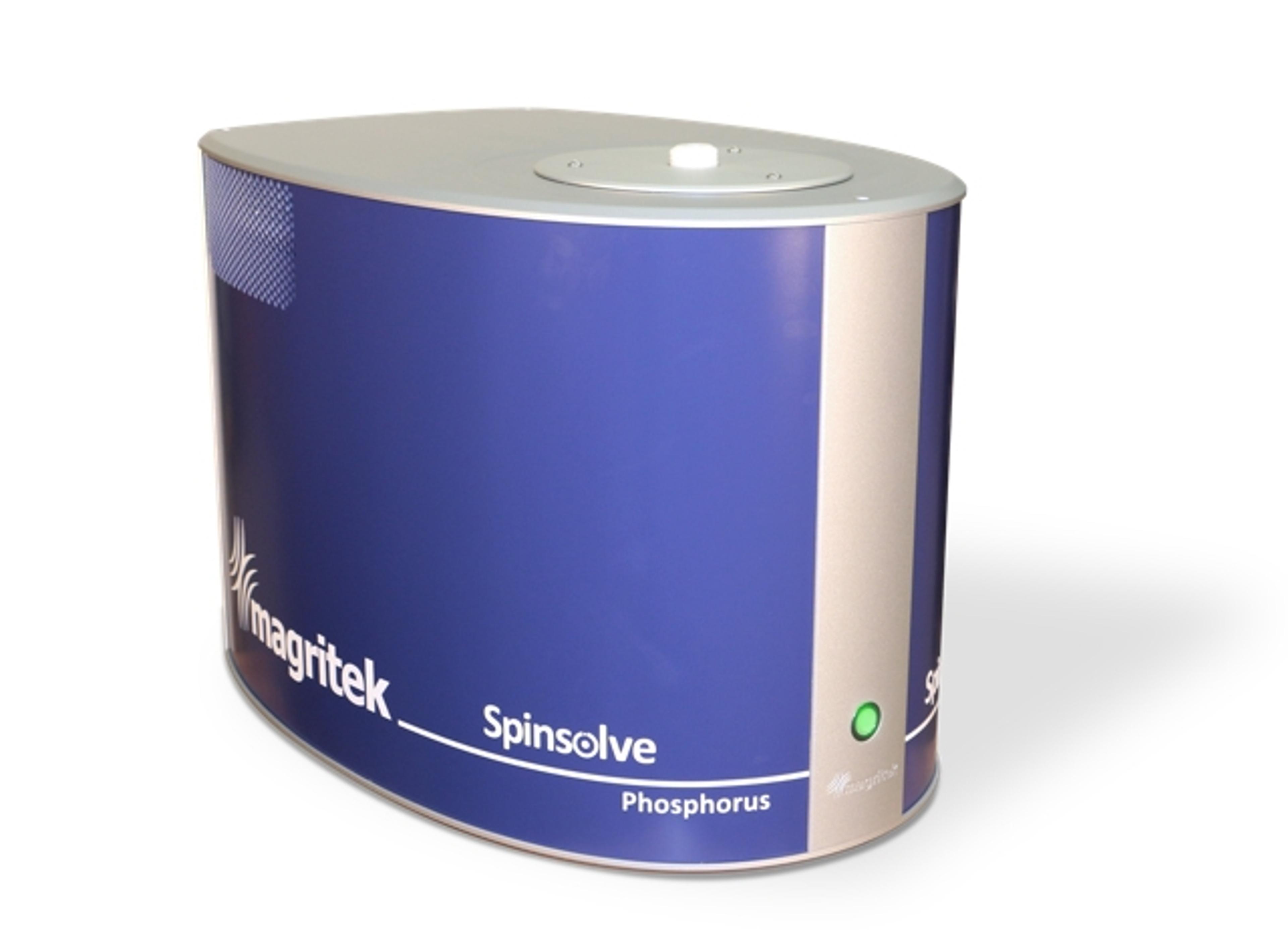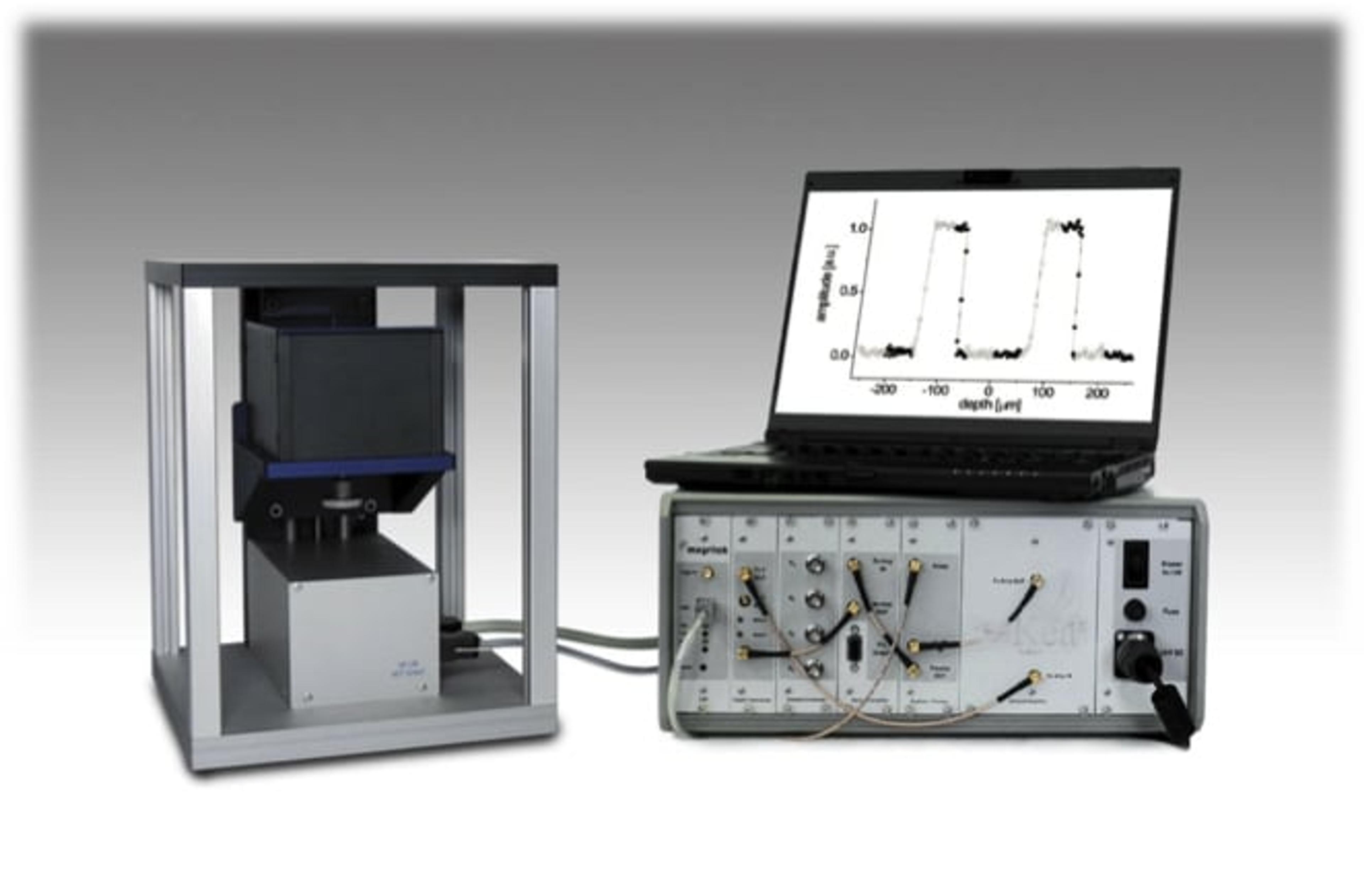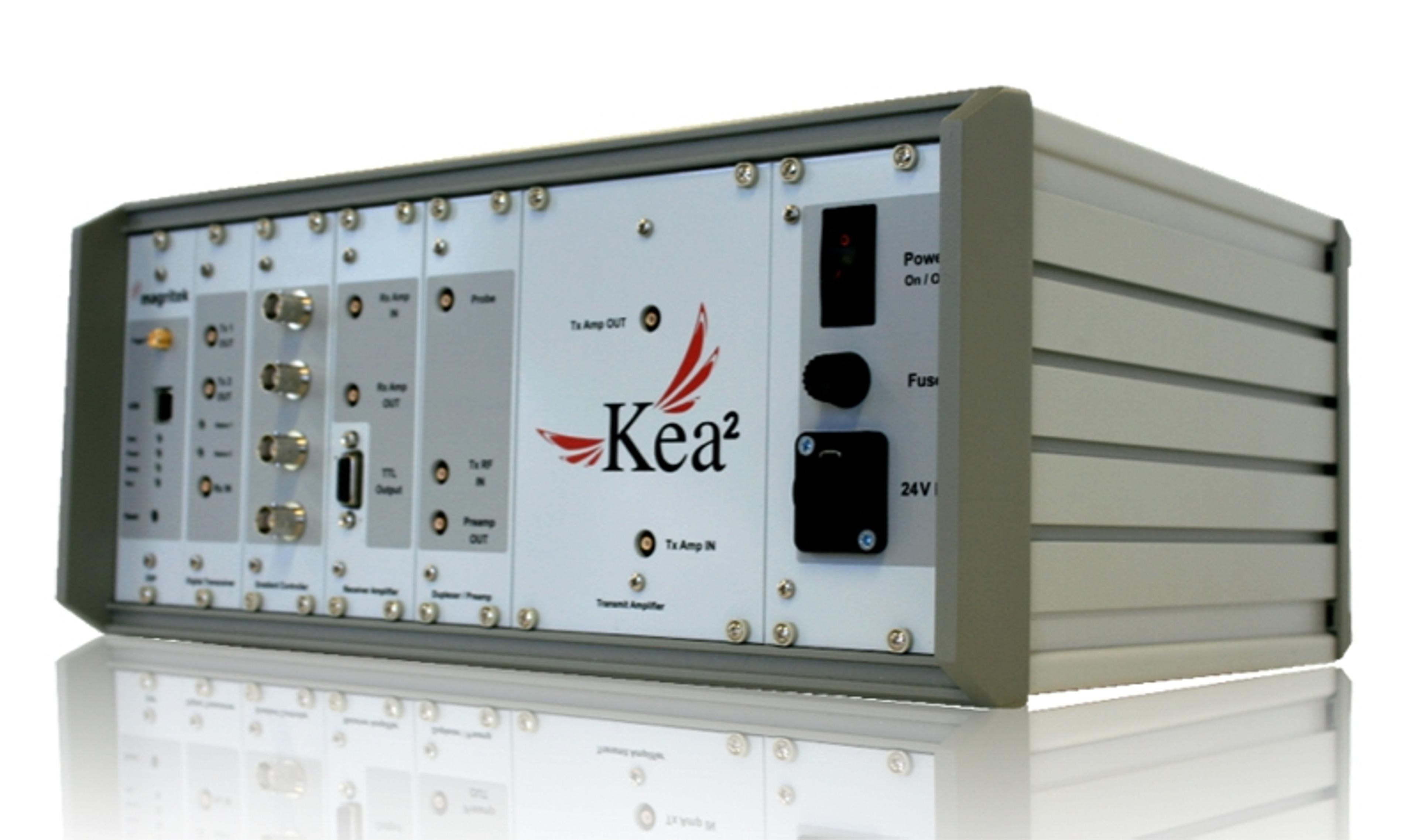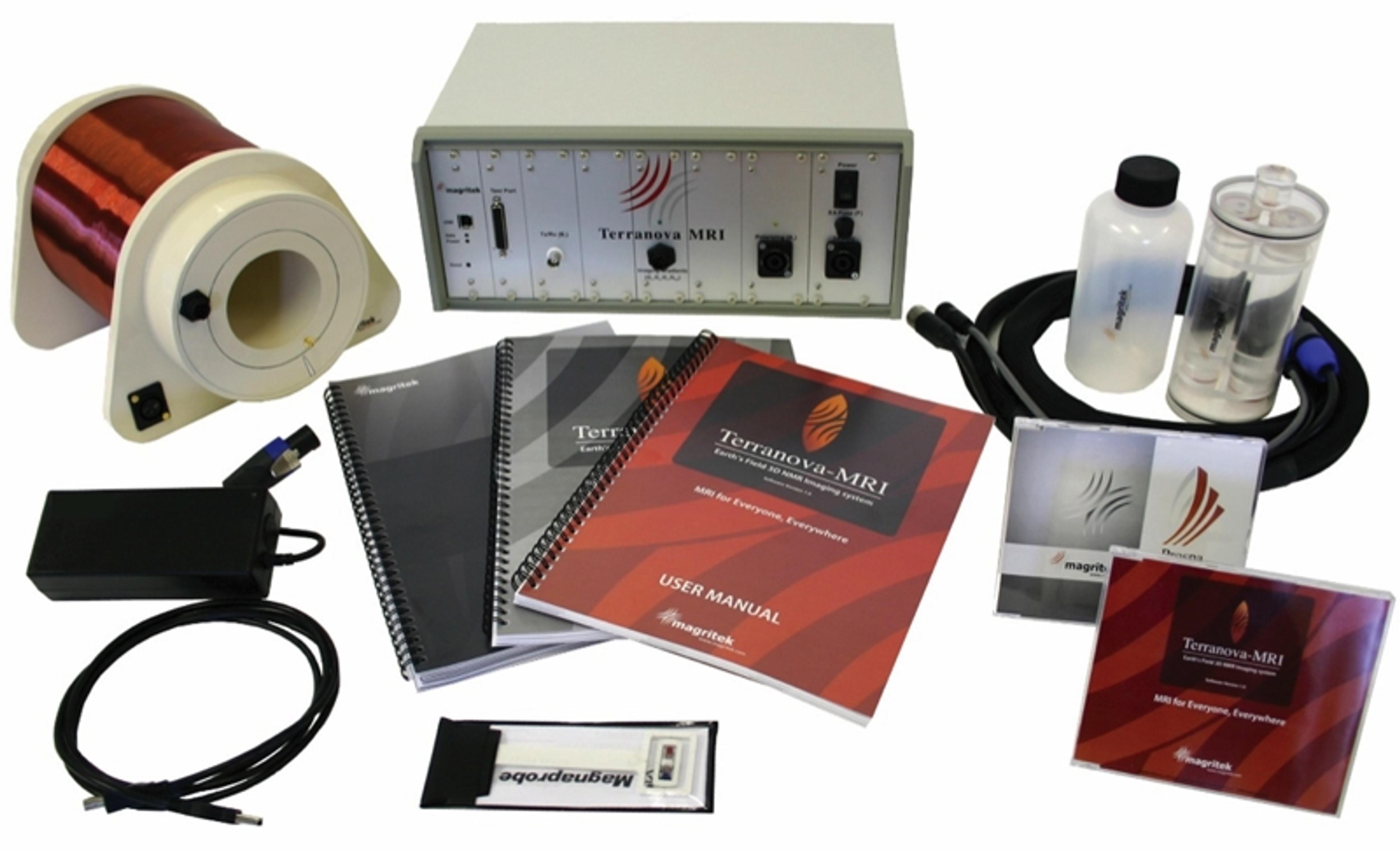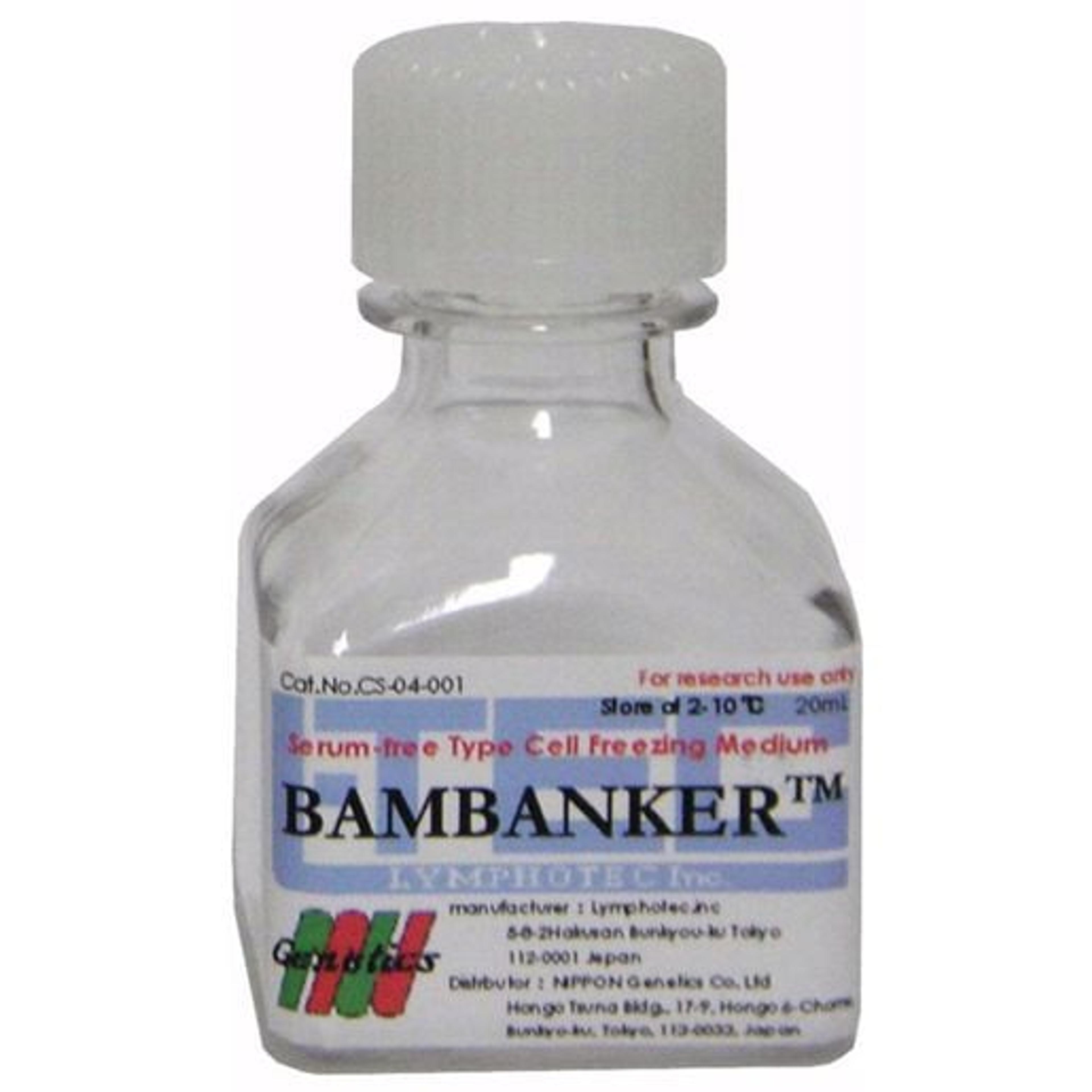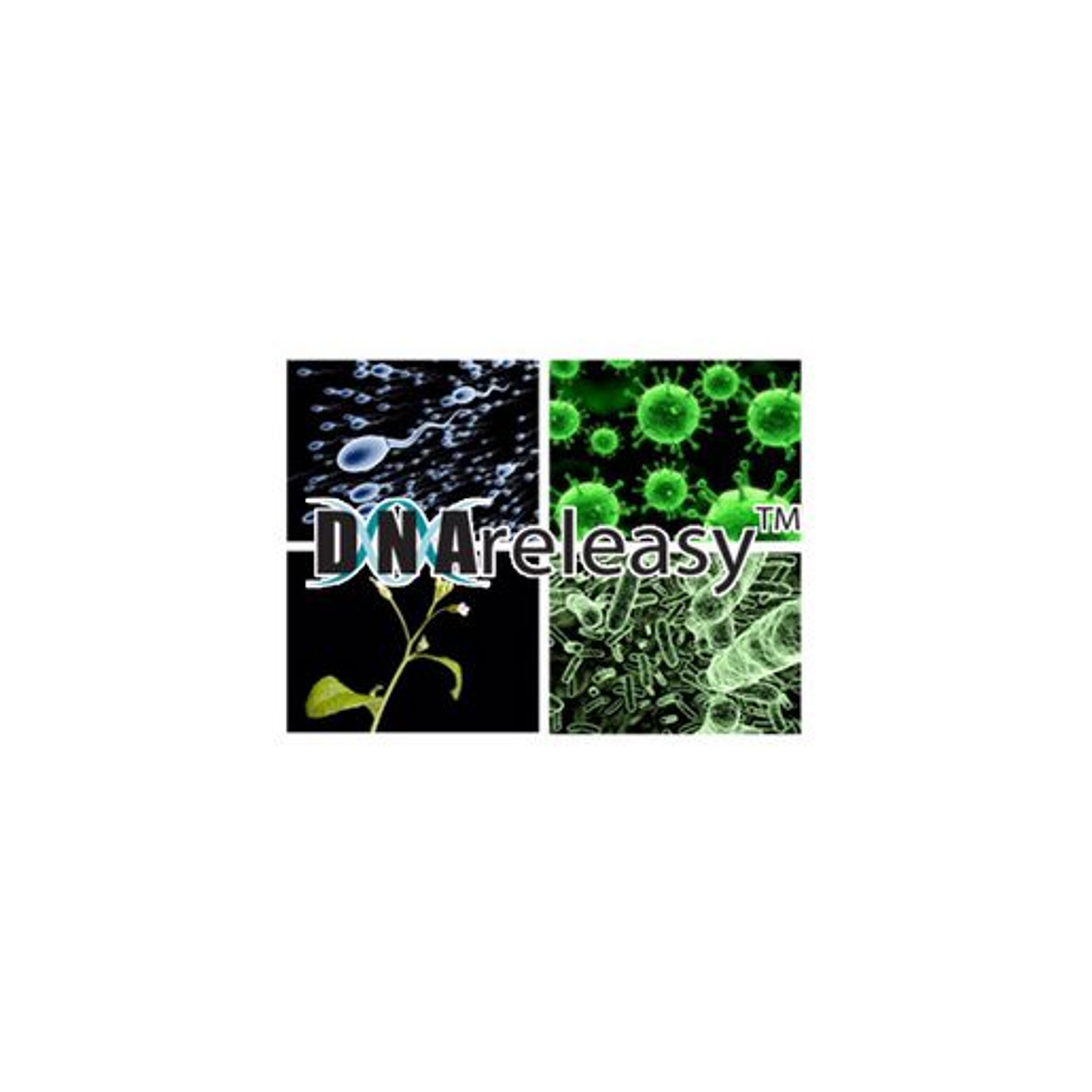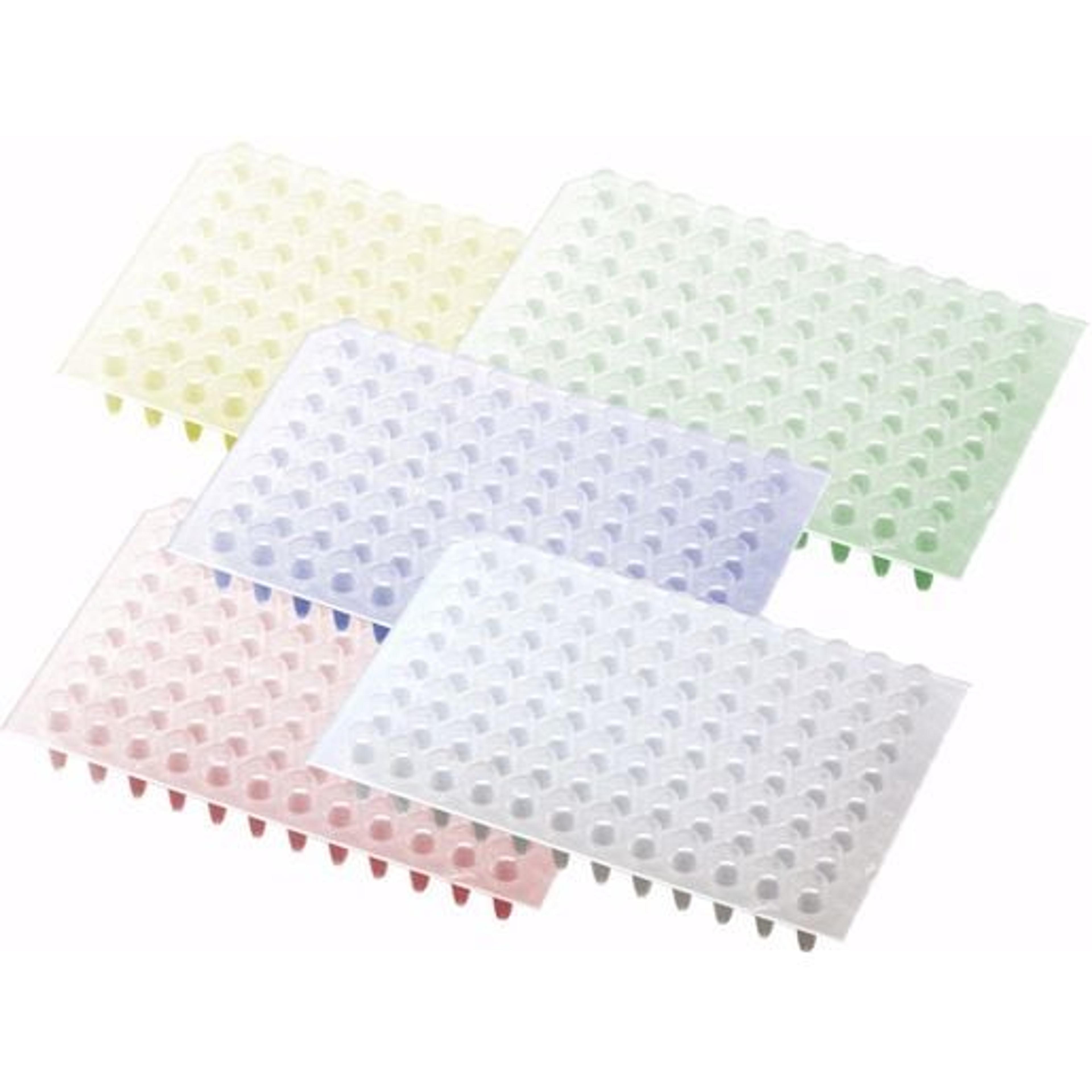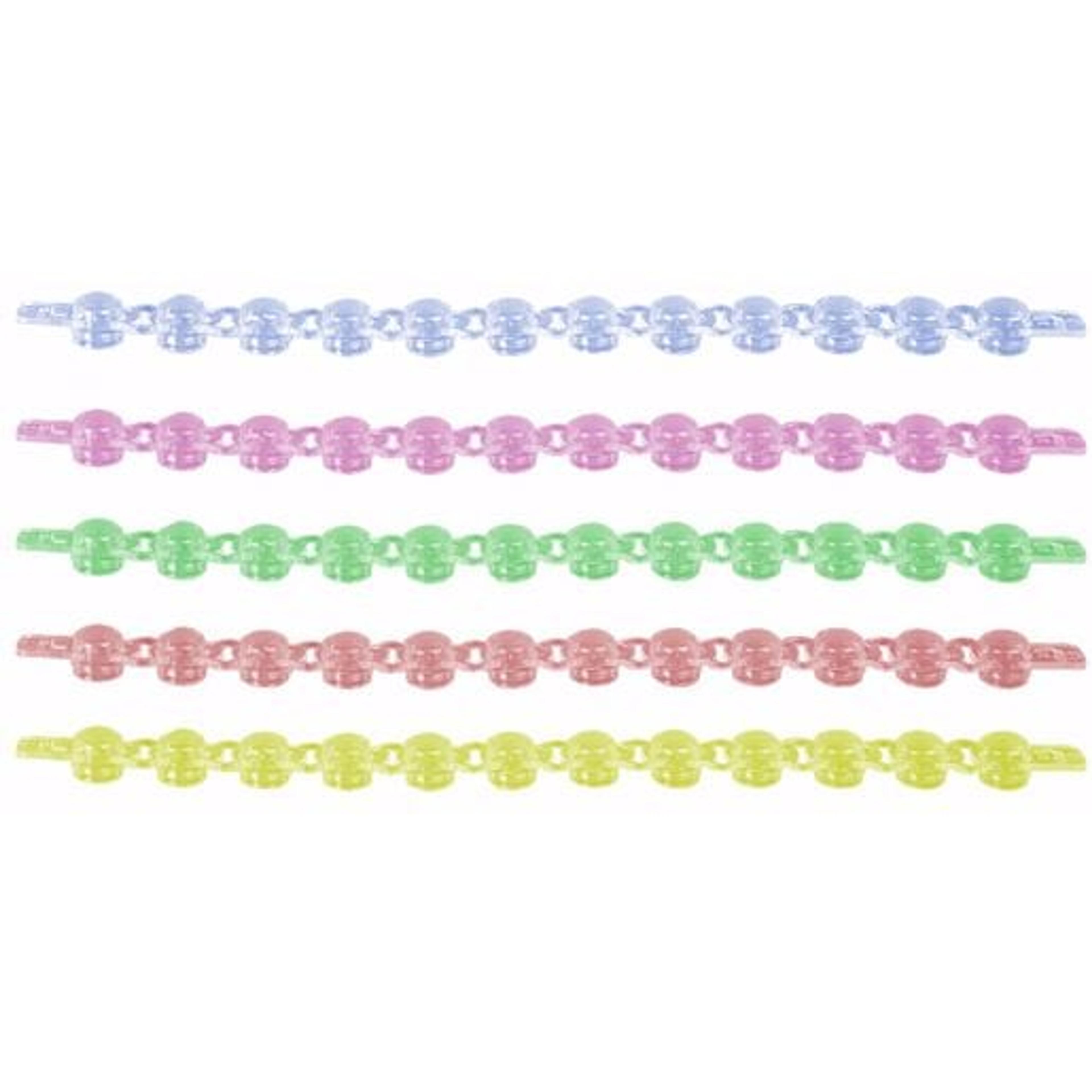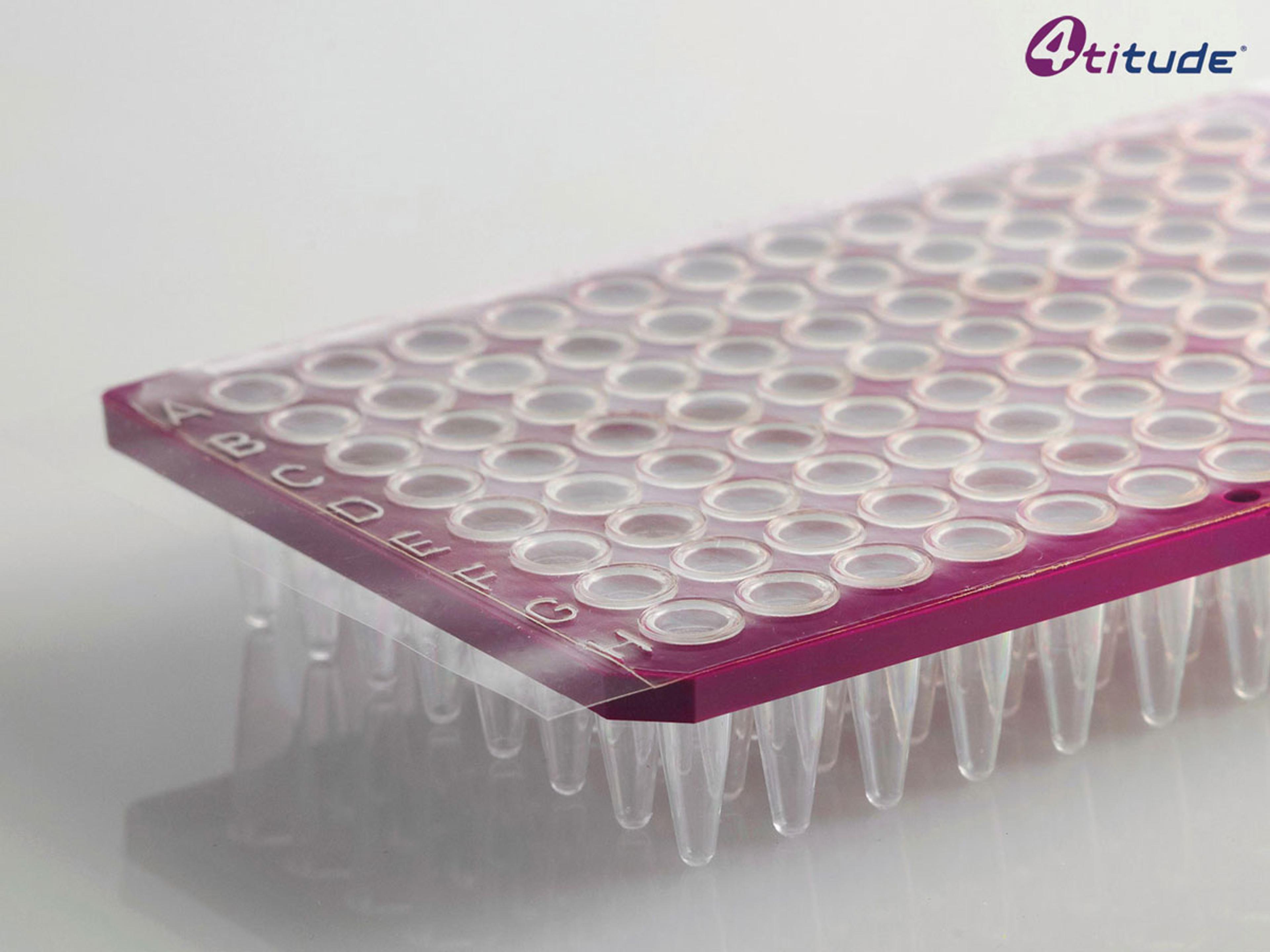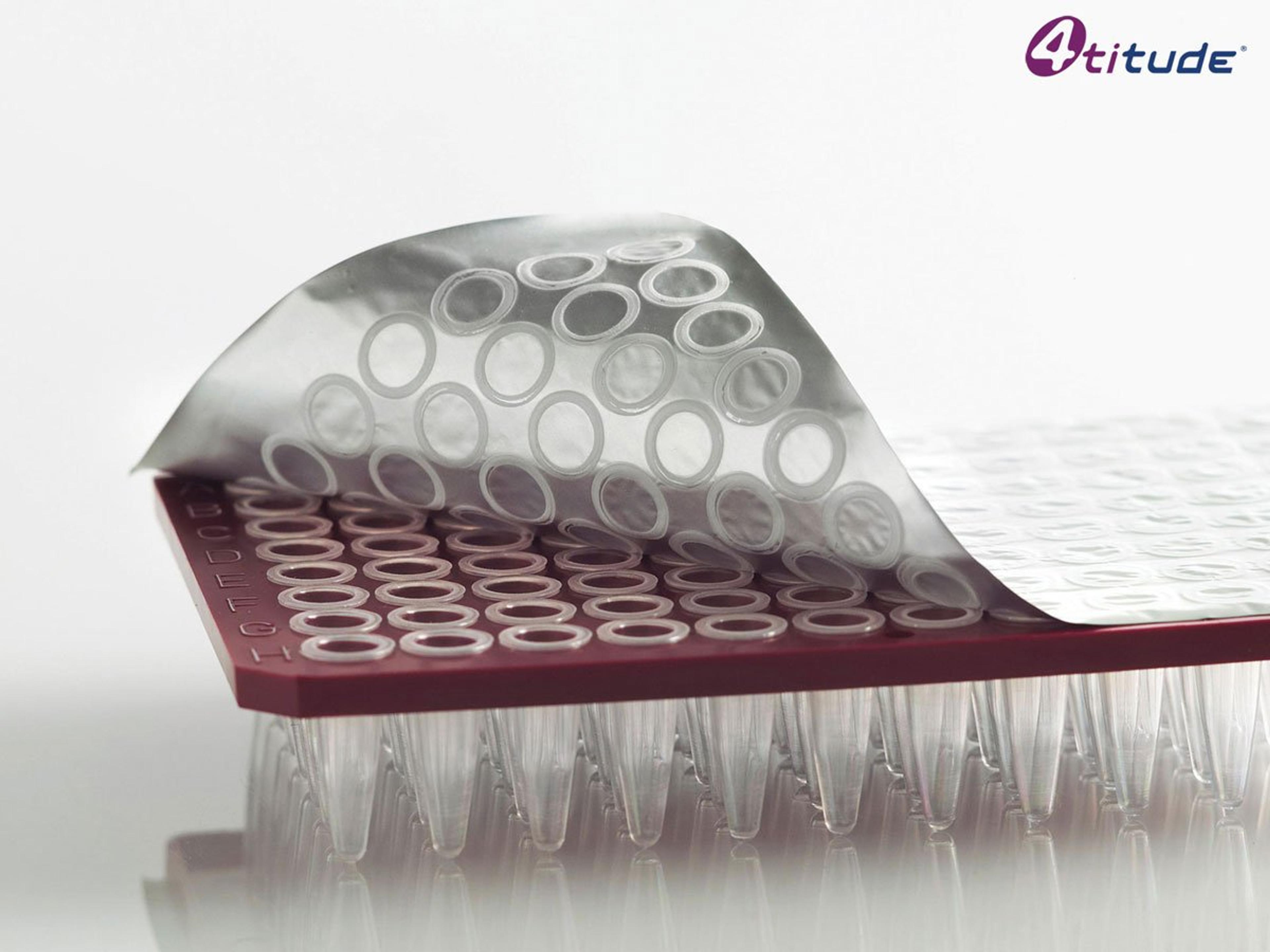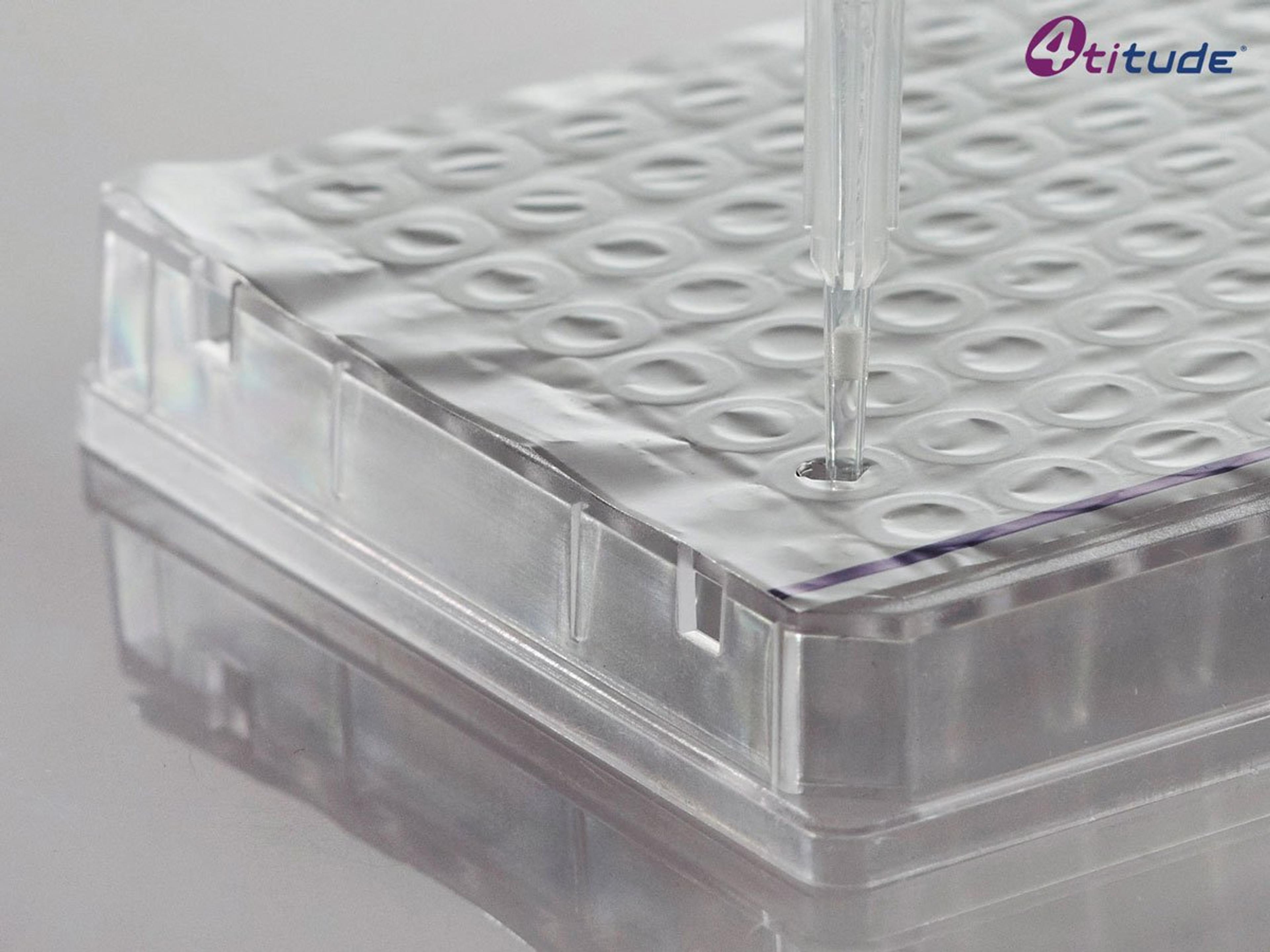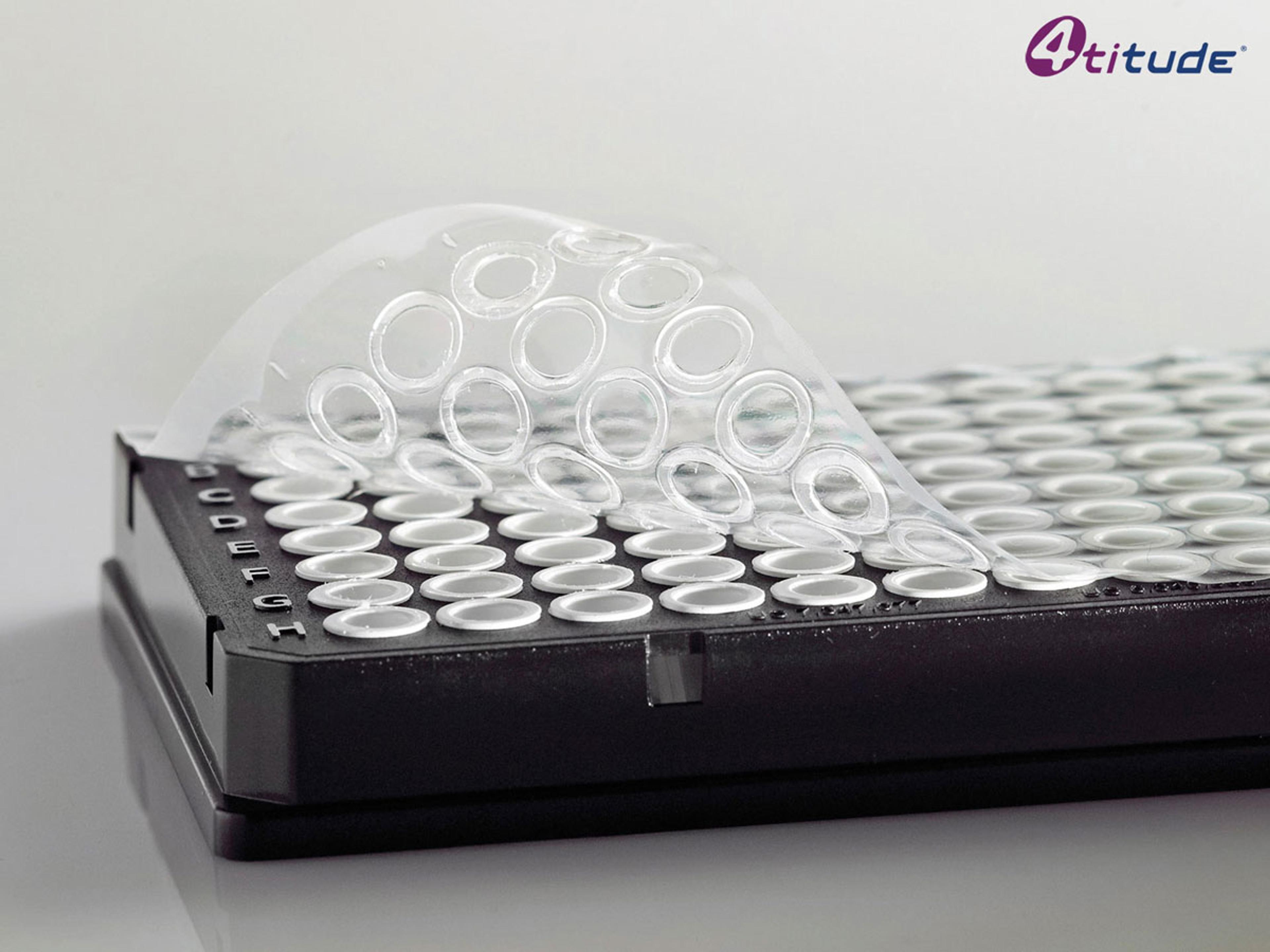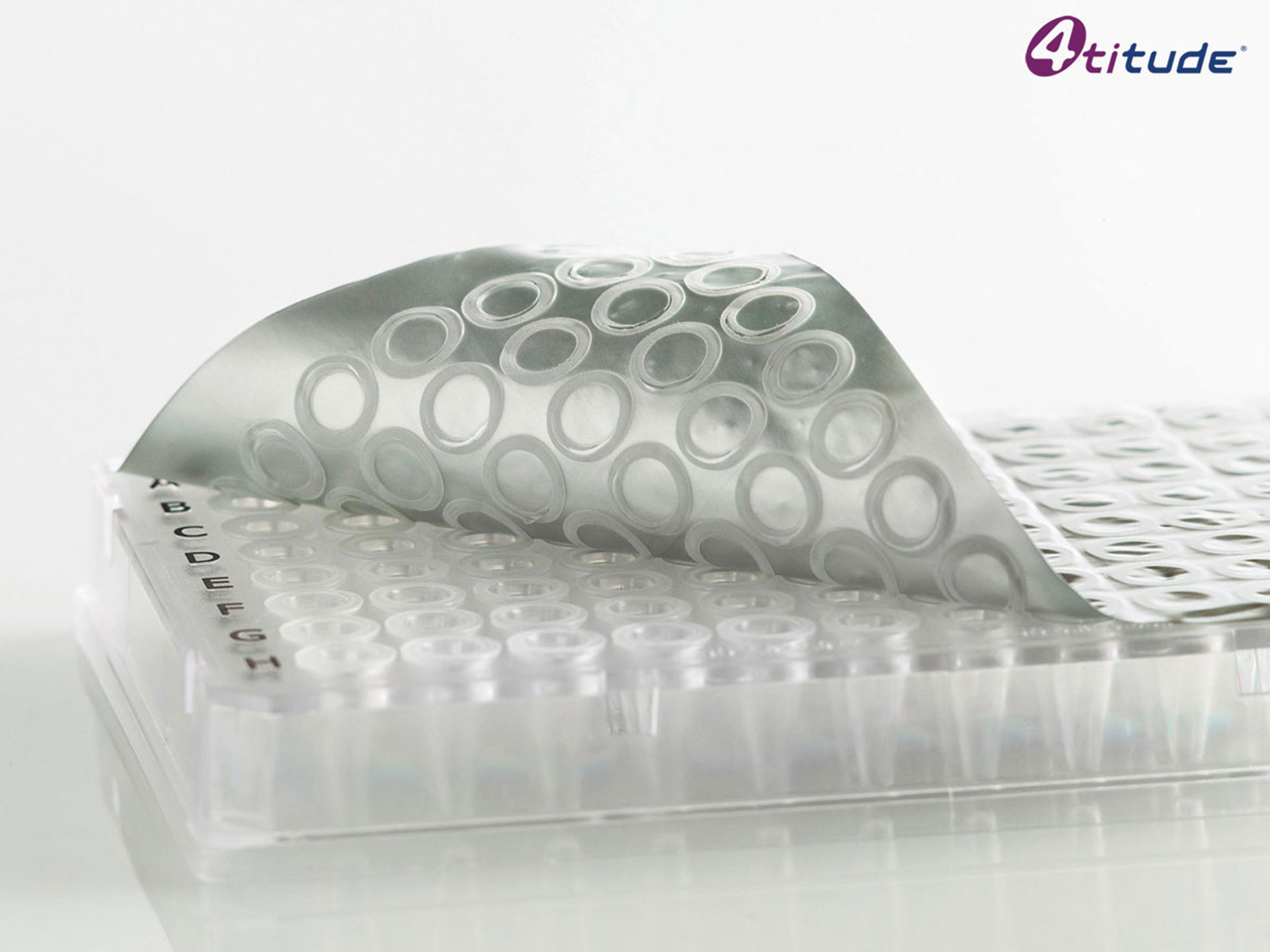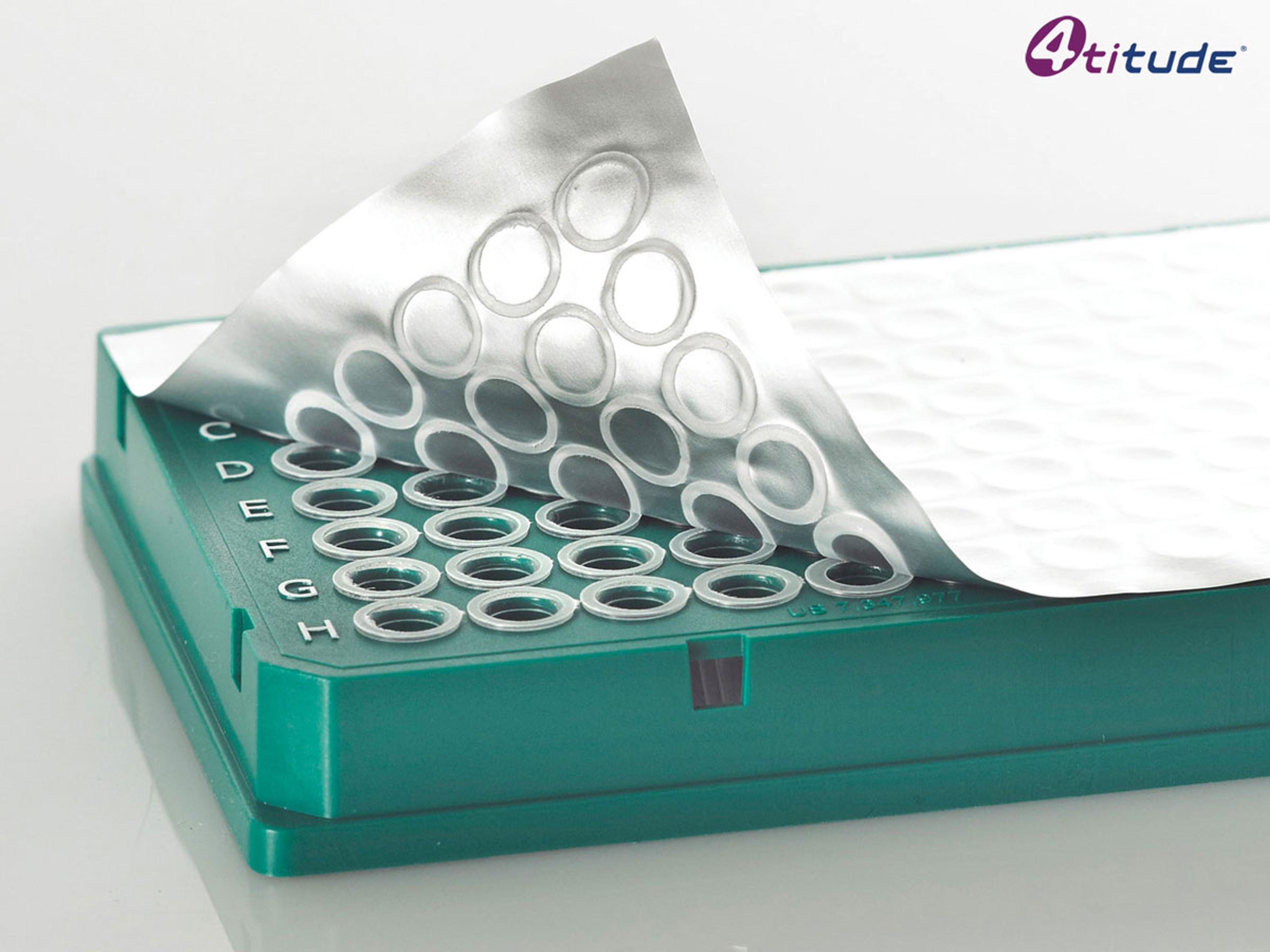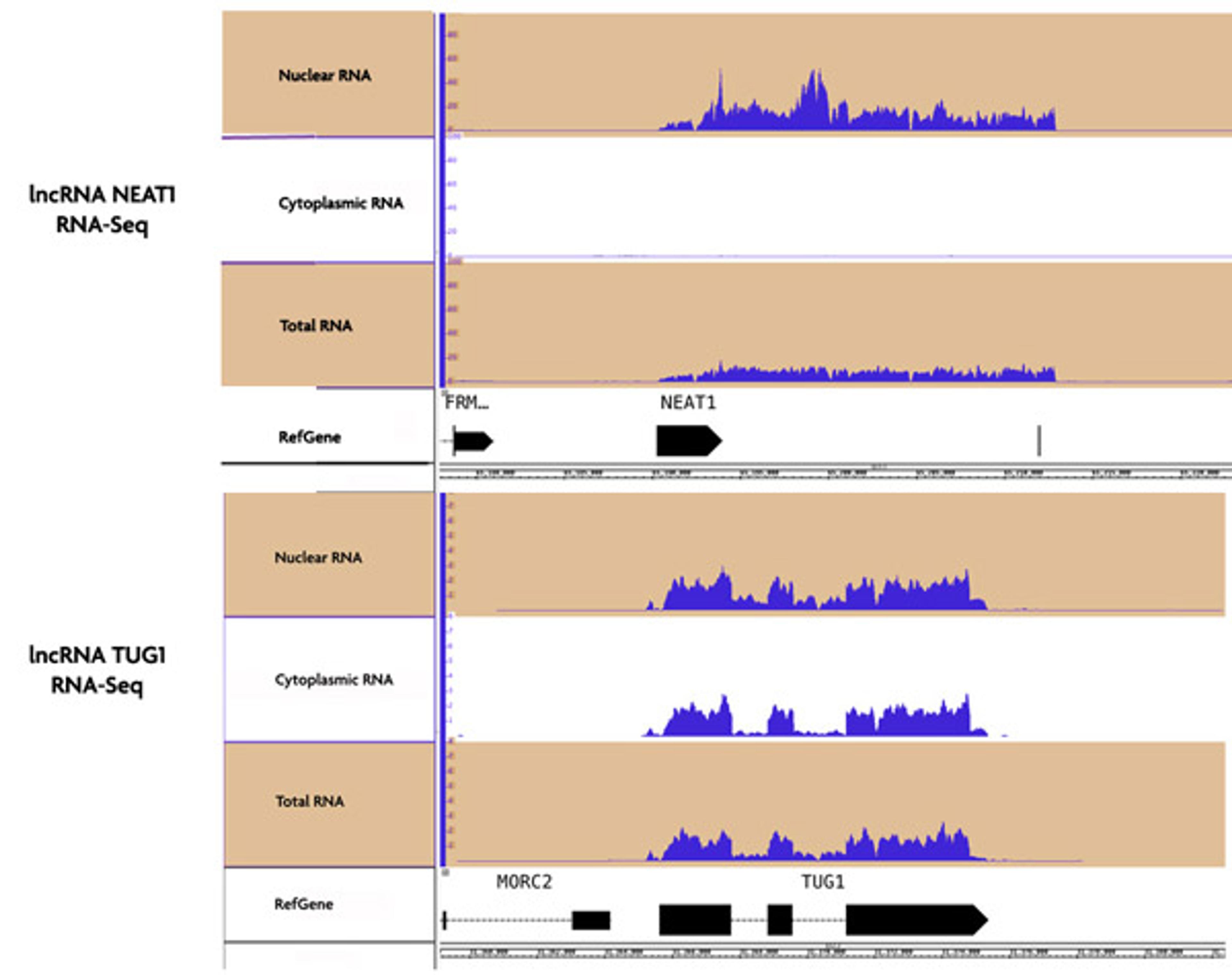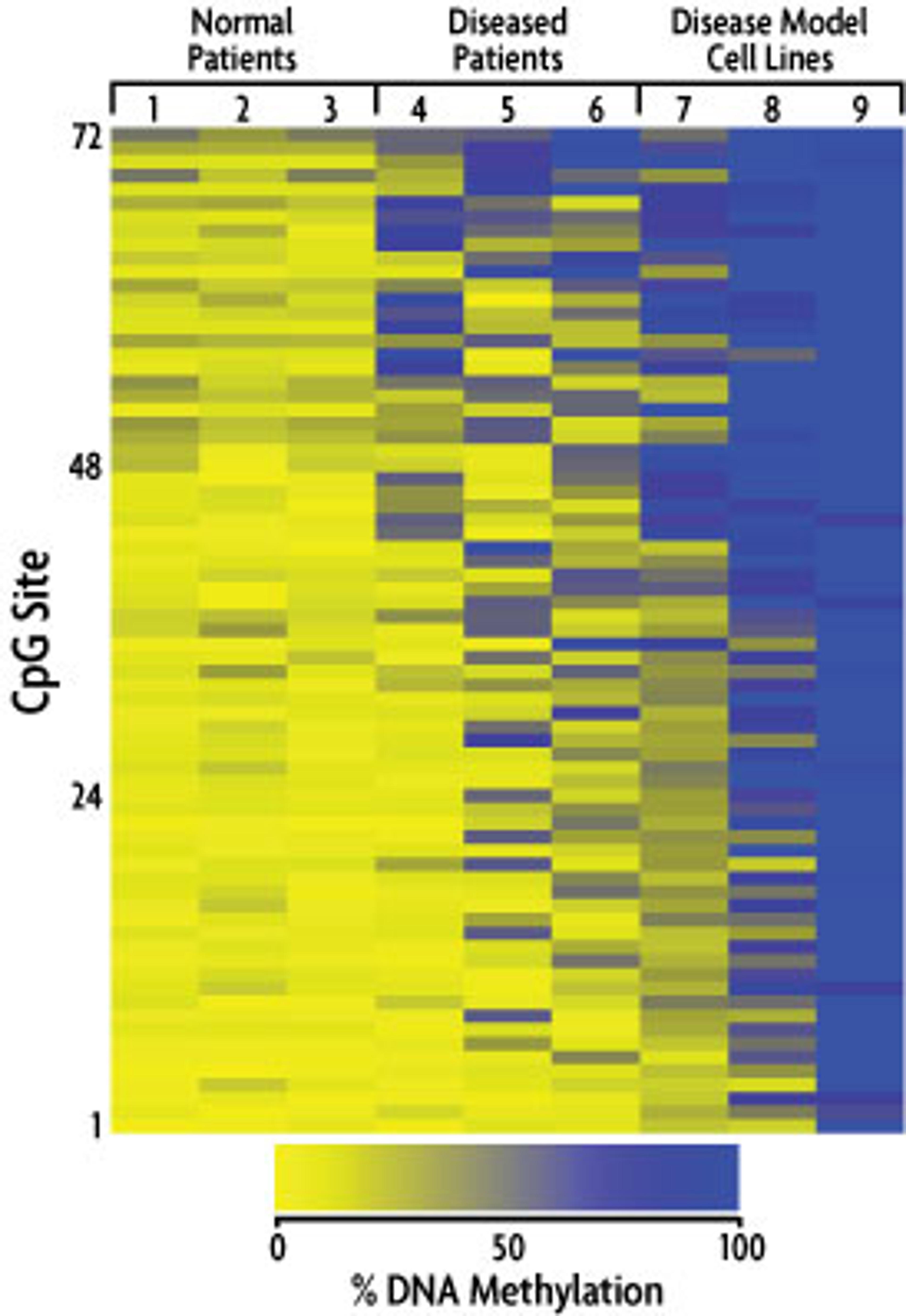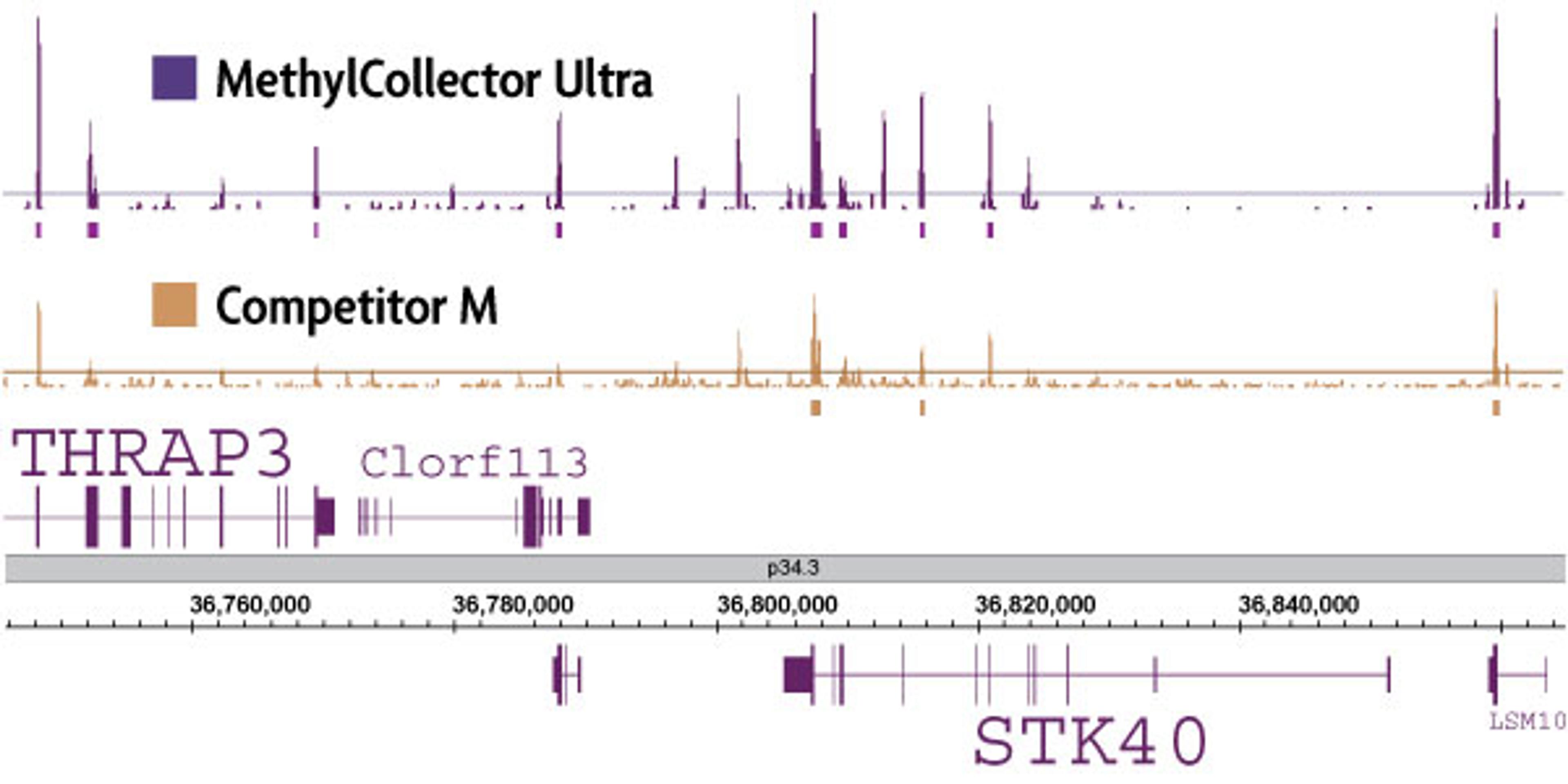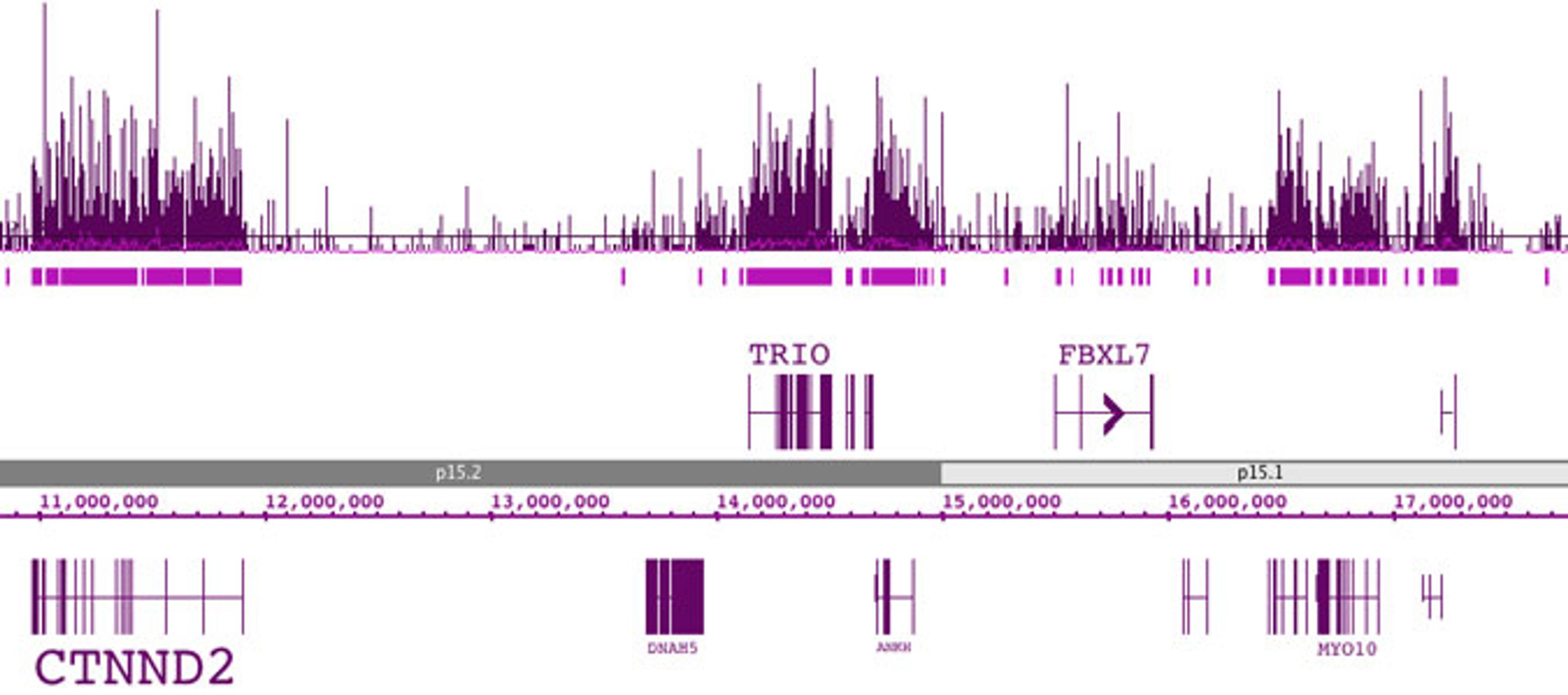Forensics Products & Reviews
To uncover the crucial information for criminal investigations and legal proceedings, forensic analysts rely on sophisticated methodologies that yield objective and scientifically grounded insights. These approaches include DNA analysis, fingerprinting, ballistics, and toxicology. Explore how robust forensic analysis empowers law enforcement agencies and legal professionals to solve crimes and uphold justice.
Selected Filters:
Spinsolve 60 Phosphorus
Magritek60 MHz Benchtop NMR Spectrometer with Proton, Fluorine and Phosphorus capability.
Spinsolve Carbon
Magritek43 MHz Benchtop NMR Spectrometer with Proton, Fluorine and Carbon capability.
Spinsolve Phosphorus
Magritek43 MHz Benchtop NMR Spectrometer with Proton, Fluorine and Phosphorus capability.
4titude® Adhesive PCR Plate Seal - Individual Sheets
Brooks Life SciencesThis PCR Seal is a durable transparent polyester film with a strong adhesive layer. This seal enables a high seal integrity and efficiently prevents sample evaporation. It is recommended for PCR, qPCR, and other optical applications (e.g. fluorescence or colorimetric measurements) as well as sample storage.
4titude® Peel Seal Heat Seal - Individual Sheets
Brooks Life SciencesPeel Seal is a laminate seal compatible with polypropylene plates. It can be removed from polypropylene plates by peeling, even with a plate which has been removed directly from -80°C storage.
4titude® Pierce Seal Heat Seal - Individual Sheets
Brooks Life SciencesPierce Seal is compatible with polypropylene and polystyrene plates. The seal demonstrates good solvent resistance and can be used for both low temperature and room temperature compound storage in DMSO and organic solvents.
4titude® Clear Seal Heat Seal - Individual Sheets
Brooks Life SciencesClear Seal is an optically clear polymer film forming a peelable seal to polypropylene, Polyethylene, polystyrene and Cyclic Olefin Copolymer (COC) plates.
4titude® DMSO Resistant Peel Heat Seal - Individual Sheets
Brooks Life SciencesDMSO Resistant Peel Seal is a foil seal compatible with polypropylene and forming an excellent seal to Cyclic Olefin Copolymer (COC) plates.
4titude® Thermal Bond Heat Seal - Individual Sheets
Brooks Life SciencesThermal Bond heat seal is a heavy duty laminate foil seal suitable for providing a very strong, but peelable seal. The seal is compatible with polypropylene plates to provide a high degree of sample protection. It demonstrates very good solvent resistance and can be used for very low temperature compound storage, in DMSO and organic solvents, and long term room temperature storage such that it is recommended as suitable for s…
RNA Subcellular Isolation Kit
Active MotifAn efficient method to isolate nuclear and cytoplasmic RNA without cross-contamination
Targeted Next-Generation Bisulfite Sequencing Service
Active MotifSingle base-pair, high-throughput solution for analysis of methylated DNA regions
MeDIP-Sequencing (MeDIP-Seq) Service
Active MotifComprehensive services for DNA enrichment and profiling of genomic regions marked by DNA methylation or DNA methyl variants
MethylCollector™ Ultra-Seq (MIRA-Seq) Service
Active MotifFastest, most efficient methylated DNA enrichment method on the market
hMeDIP-Sequencing (hMeDIP-Seq) Service
Active MotifComprehensive services for DNA enrichment and profiling of genomic regions marked by DNA methylation or DNA methyl variants
Nucleic Acids Research Equipment
Alpha Laboratories LtdAnalysis and manipulation of nucleic acids are some of the most powerful laboratory techniques. Alpha Laboratories offer a range of products to assist molecular biologists & geneticists with their research including antibodies, isolation, cloning & transfection reagents. The range of products includes: Cloning vectors Electrophoresis reagents MicroRNA research tools Thermally stable PCR Master Mix Tr…

